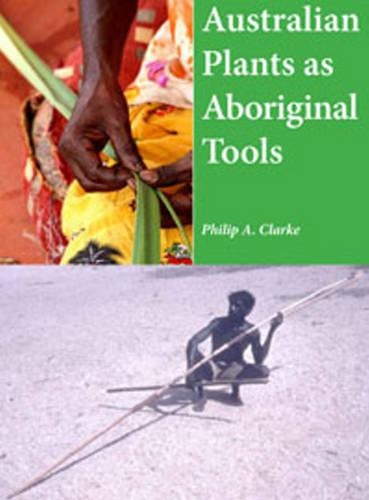
Australian plants as Aboriginal Tools
(Hardback)
Publishing Details
Australian plants as Aboriginal Tools
By (Author) Philip A. Clarke
Rosenberg Publishing
Rosenberg Publishing
1st August 2012
Australia
Classifications
General
Non Fiction
Indigenous peoples
333.9530899915
Physical Properties
Hardback
400
Width 210mm, Height 285mm, Spine 28mm
1282g
Description
In Australia, the flora has had a broad impact on the lives of Aboriginal hunter-gatherers, having provided them with the essential materials for making their food, medicine, narcotics and stimulants. Plants were also ecologically important for maintaining the populations of terrestrial fauna that hunter-gatherers once foraged upon for their subsistence. The flora has helped shape Aboriginal cultures over the millennia since their Ancestors first occupied the Australian continent. This book describes the species that were essential as the means for manufacturing Aboriginal weapons, tools, shelter, watercraft, ceremonial objects, clothing, ornaments and paint. The book demonstrates how hunter-gatherers lived by making objects from plants and investigates similarities and differences of plant uses across Aboriginal Australia, as well as their distinctiveness in relation to practices from other parts of the world. An overview of the changing relationship that Aboriginal people have with the flora is given, along with a description of current trends. The present work is jointly concerned with the ethnobotany and economic botany of Aboriginal Australia.
Author Bio
Phillip A Clarke is a consultant on ethnobotany and anthropology. He spent 30 years at the South Australian Museum where he was Head of Anthropology and Manager of Sciences at the South Australian Museum and was the Principal Curator of the Australian Aboriginal Cultures Gallery in Adelaide.
